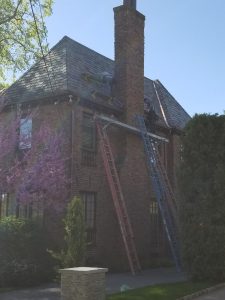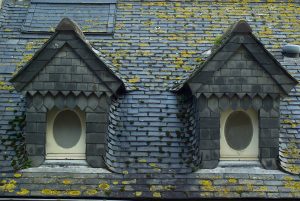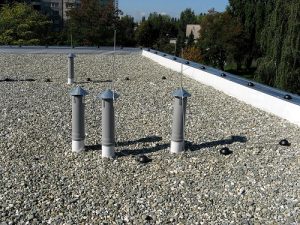3 Signs Its Time To Rebuild or Repair Your Roof
Your roof is one of the most expensive aspects of your home. But due to the life expectancy of modern, efficient roofs, they can often go forgotten about for years. The last thing any home or property manager wants to wake up one day and realize they need a completely new roof due to years of neglect. Even the most basic of maintenance can add a few years on to the life span of your roof. So lets take a look at the 3 things you should be aware when it comes to the overall health of your roof.
Leaks in your Roof
Leaks can start small and grow over time. Leaks that continue to develop in a homes roof is a sign that the roof in no longer protecting the interior from water damage. This could be solved with the replacing on tiles, depending on the severity.
Missing or Loose Shingles
Older roofs that are in the process of failing are prone to having loose or missing shingles. Maybe you notice after a bad storm or windy day your lawn is littered with roofing debris. You may want to make a phone call to a roofing contractor to check on the integrity of your roof.
The Age of the Roof
New homeowners sometimes neglect the age of their roof when they move in to their new house. Overtime, as the roof, ages, you should take into consideration the total age of the roof. Remember that most roofs last an average of 20 to 25 years. Slate roofing title last much longer.
Rhode Island Slate Roofing
If you notice any of these 3 warning signs, it’s time to call the experts at Rhode Island Slate Roofing. We have been in business in Rhode Island working on homes, properties, businesses, and everything with a roof! Contact us today to get your project started.






